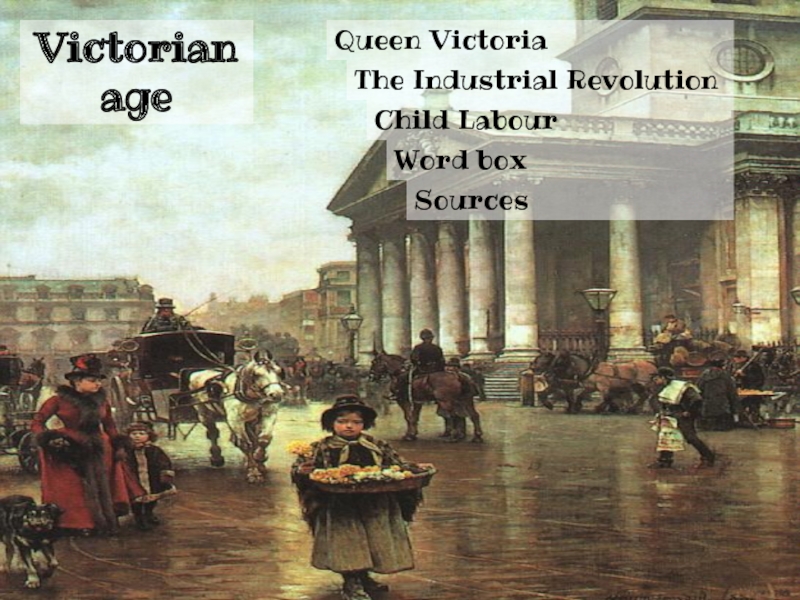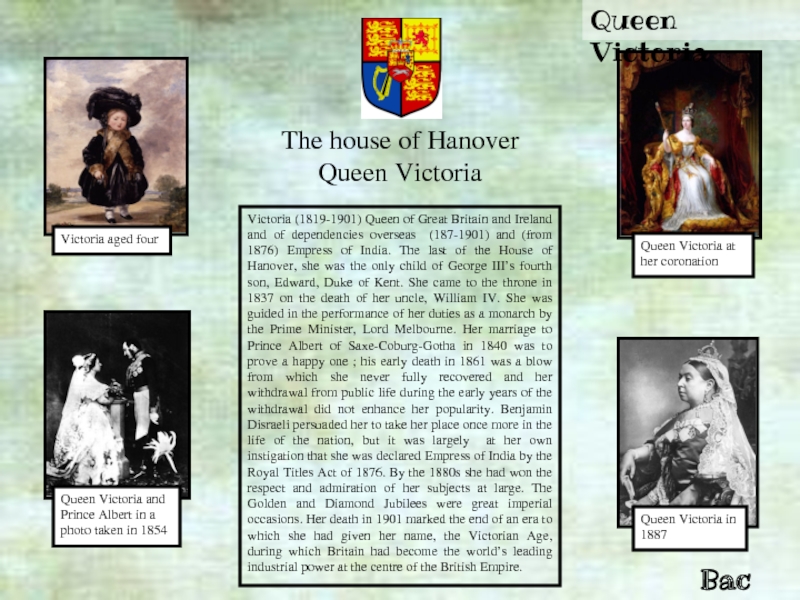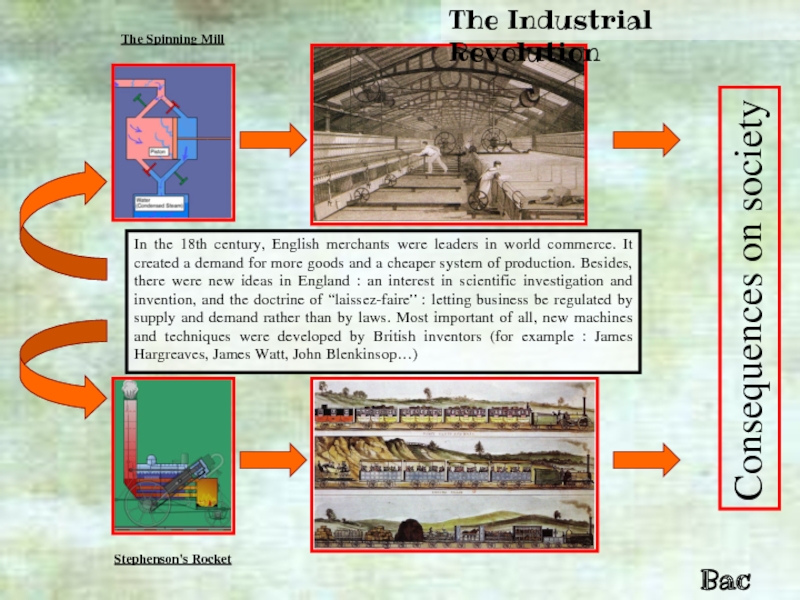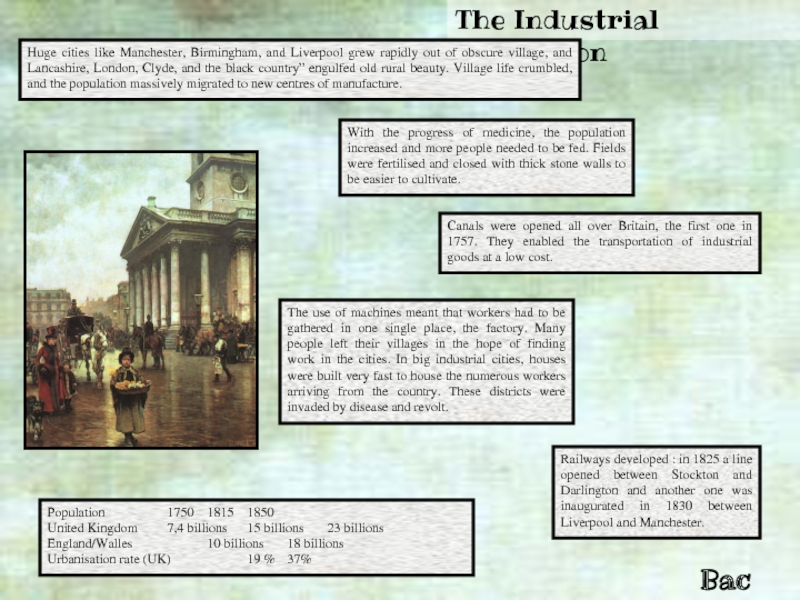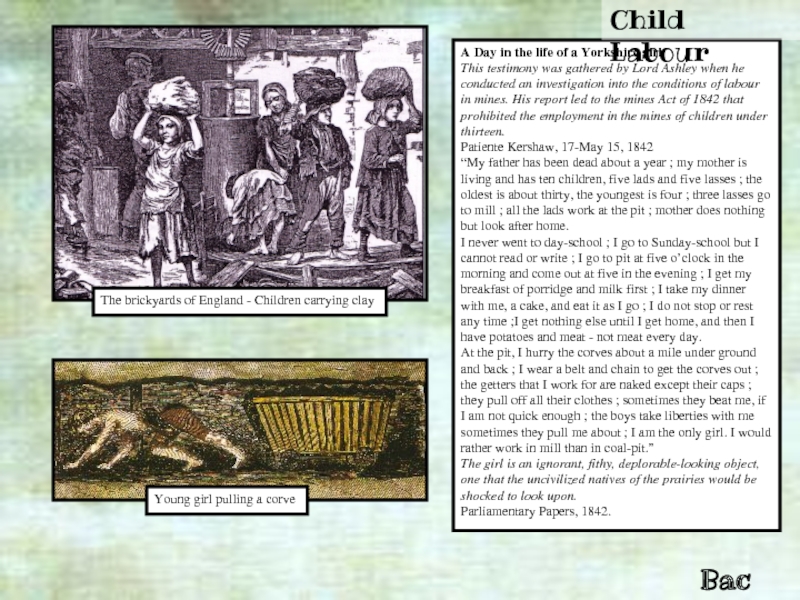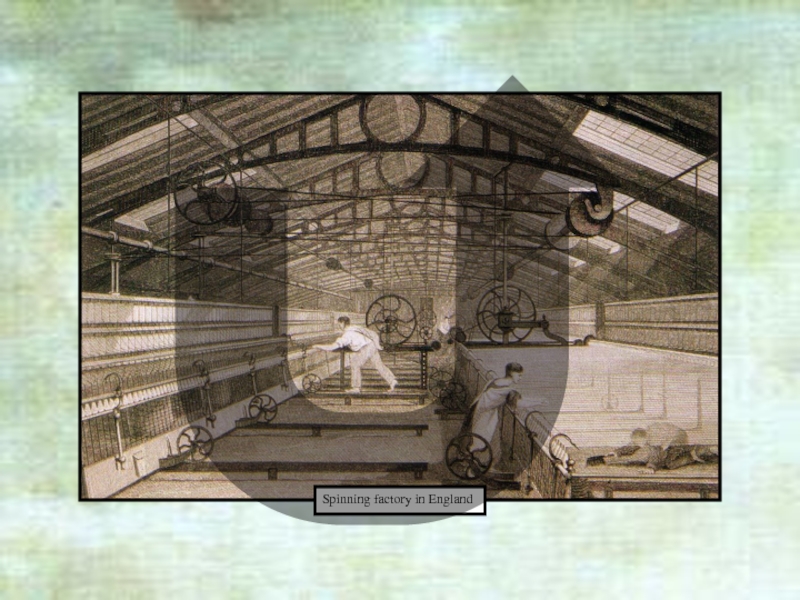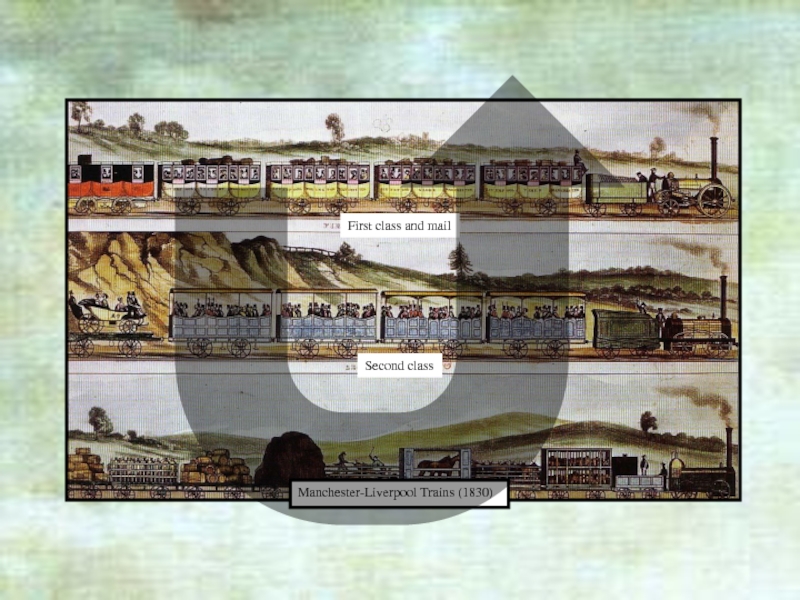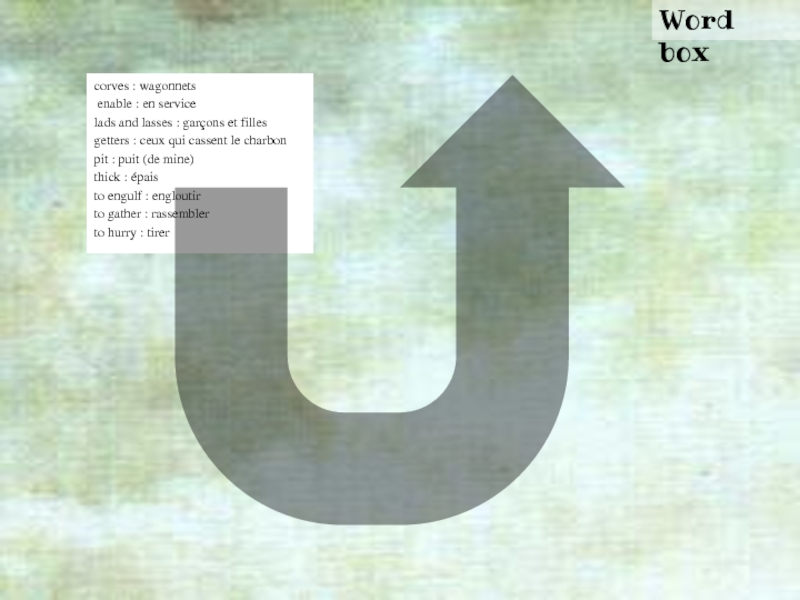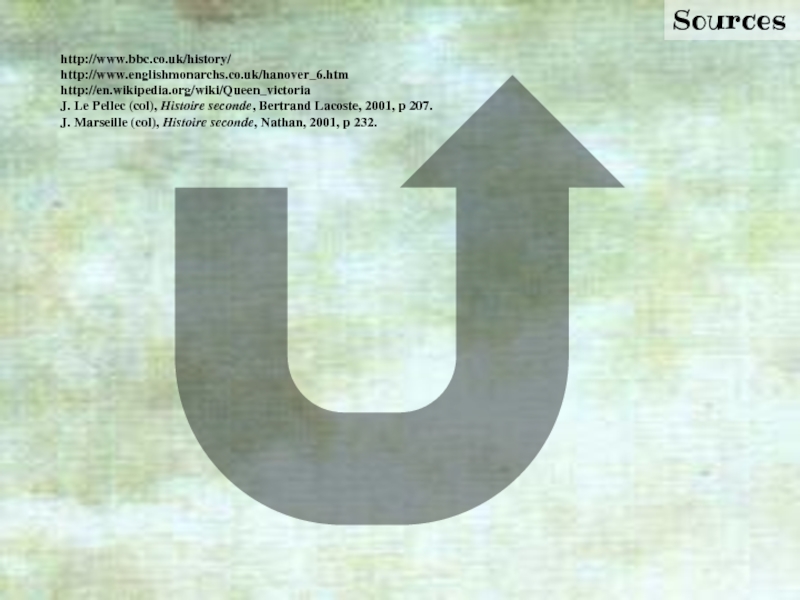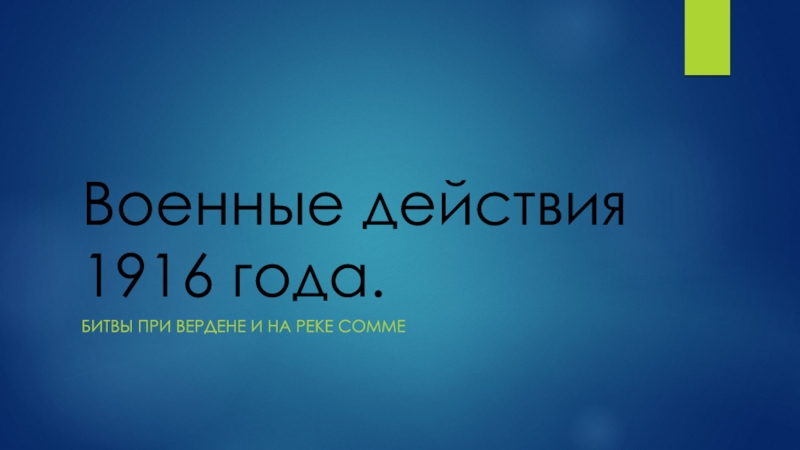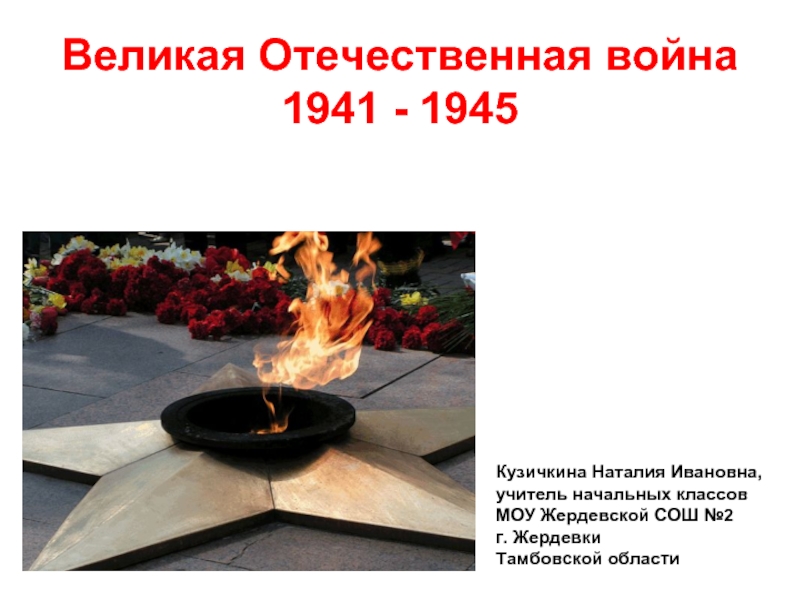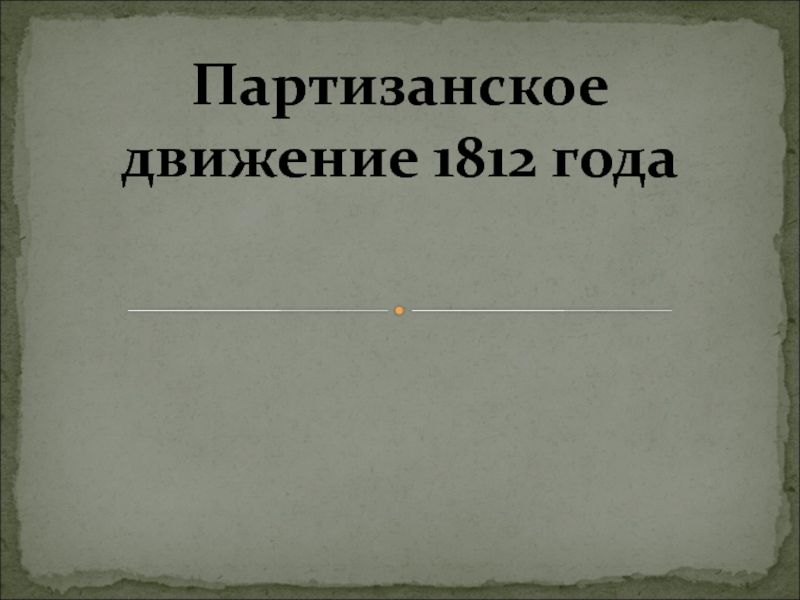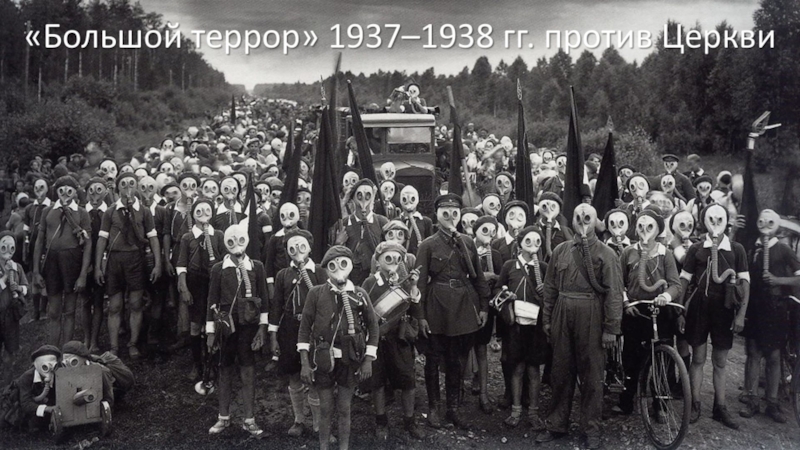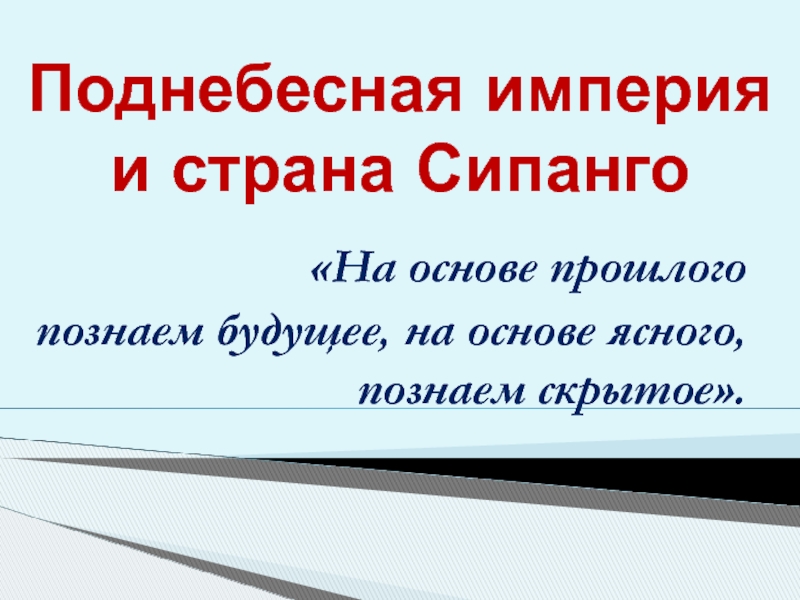- Главная
- Разное
- Дизайн
- Бизнес и предпринимательство
- Аналитика
- Образование
- Развлечения
- Красота и здоровье
- Финансы
- Государство
- Путешествия
- Спорт
- Недвижимость
- Армия
- Графика
- Культурология
- Еда и кулинария
- Лингвистика
- Английский язык
- Астрономия
- Алгебра
- Биология
- География
- Детские презентации
- Информатика
- История
- Литература
- Маркетинг
- Математика
- Медицина
- Менеджмент
- Музыка
- МХК
- Немецкий язык
- ОБЖ
- Обществознание
- Окружающий мир
- Педагогика
- Русский язык
- Технология
- Физика
- Философия
- Химия
- Шаблоны, картинки для презентаций
- Экология
- Экономика
- Юриспруденция
Victorian age Queen Victoria. The Industrial Revolution презентация
Содержание
- 1. Victorian age Queen Victoria. The Industrial Revolution
- 2. Queen Victoria in 1887 The house of
- 3. The Spinning Mill Stephenson's Rocket In the
- 4. Back The Industrial Revolution Huge cities like
- 5. A Day in the life of a
- 6. Spinning factory in England
- 7. First class and mail Second class Manchester-Liverpool Trains (1830)
- 8. Word box corves : wagonnets enable
- 9. http://www.bbc.co.uk/history/ http://www.englishmonarchs.co.uk/hanover_6.htm http://en.wikipedia.org/wiki/Queen_victoria J. Le Pellec (col),
Слайд 2Queen Victoria in 1887
The house of Hanover
Queen Victoria
Victoria (1819-1901) Queen of
Queen Victoria
Back
Victoria aged four
Queen Victoria and Prince Albert in a photo taken in 1854
Queen Victoria at her coronation
Слайд 3The Spinning Mill
Stephenson's Rocket
In the 18th century, English merchants were leaders
Consequences on society
The Industrial Revolution
Back
Слайд 4Back
The Industrial Revolution
Huge cities like Manchester, Birmingham, and Liverpool grew rapidly
Railways developed : in 1825 a line opened between Stockton and Darlington and another one was inaugurated in 1830 between Liverpool and Manchester.
Canals were opened all over Britain, the first one in 1757. They enabled the transportation of industrial goods at a low cost.
The use of machines meant that workers had to be gathered in one single place, the factory. Many people left their villages in the hope of finding work in the cities. In big industrial cities, houses were built very fast to house the numerous workers arriving from the country. These districts were invaded by disease and revolt.
With the progress of medicine, the population increased and more people needed to be fed. Fields were fertilised and closed with thick stone walls to be easier to cultivate.
Population 1750 1815 1850
United Kingdom 7,4 billions 15 billions 23 billions
England/Walles 10 billions 18 billions
Urbanisation rate (UK) 19 % 37%
Слайд 5A Day in the life of a Yorkshire girl
This testimony was
Patiente Kershaw, 17-May 15, 1842
“My father has been dead about a year ; my mother is living and has ten children, five lads and five lasses ; the oldest is about thirty, the youngest is four ; three lasses go to mill ; all the lads work at the pit ; mother does nothing but look after home.
I never went to day-school ; I go to Sunday-school but I cannot read or write ; I go to pit at five o’clock in the morning and come out at five in the evening ; I get my breakfast of porridge and milk first ; I take my dinner with me, a cake, and eat it as I go ; I do not stop or rest any time ;I get nothing else until I get home, and then I have potatoes and meat - not meat every day.
At the pit, I hurry the corves about a mile under ground and back ; I wear a belt and chain to get the corves out ; the getters that I work for are naked except their caps ; they pull off all their clothes ; sometimes they beat me, if I am not quick enough ; the boys take liberties with me sometimes they pull me about ; I am the only girl. I would rather work in mill than in coal-pit.”
The girl is an ignorant, fithy, deplorable-looking object, one that the uncivilized natives of the prairies would be shocked to look upon.
Parliamentary Papers, 1842.
The brickyards of England - Children carrying clay
Young girl pulling a corve
Child Labour
Back
Слайд 8Word box
corves : wagonnets
enable : en service
lads and lasses :
getters : ceux qui cassent le charbon
pit : puit (de mine)
thick : épais
to engulf : engloutir
to gather : rassembler
to hurry : tirer
Слайд 9http://www.bbc.co.uk/history/
http://www.englishmonarchs.co.uk/hanover_6.htm
http://en.wikipedia.org/wiki/Queen_victoria
J. Le Pellec (col), Histoire seconde, Bertrand Lacoste, 2001, p 207.
J.
Sources
